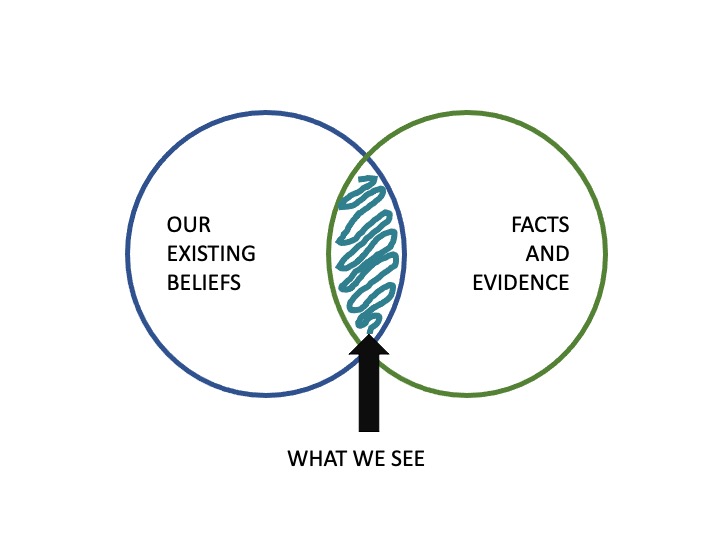
STEM students are often unable to recognize cognitive bias in their own disciplines, and simply describing cognitive bias to students has shown to be insufficient to improve critical thinking. However, habitual metacognitive techniques show promise for correcting cognitive biases, such as confirmation bias, a maladaptive cognitive strategy that specifically threatens the objectivity of scientists. As part of a course on metacognition in science, first-year STEM students were asked to give an oral presentation about a controversial socioscientific topic (e.g., GMO crops, de-extinction, or hydrofracking). The first year the course was offered, presentations exhibited confirmation bias at a high rate, despite instructions to examine multiple viewpoints about the scientific issue. In subsequent years, an intervention in the form of an interactive lecture/discussion/activity about confirmation bias and two specifically-designed homework assignments asked the students to reflect on evidence, search processes and potential biases. This intervention was jointly developed by faculty members in biology and philosophy to focus on habitual metacognitive techniques. Compared to no intervention, the resultant presentations had a higher percentage of reliable sources and a lower percentage of citations that only supported their conclusion. These results indicate that after the intervention exercise, students were discriminating among sources more carefully (Mann-Whitney p=0.009) and were using more sources from the other side of the argument, including presenting more reasons that refute their own ideas (Mann-Whitney p=0.003). We find that providing classroom instruction supported by deliberate practice to counteract confirmation bias improves students’ evaluation of scientific evidence.
Primary image: Venn diagram that illustrates the idea of confirmation bias.

Kevin Law onto General
@
on